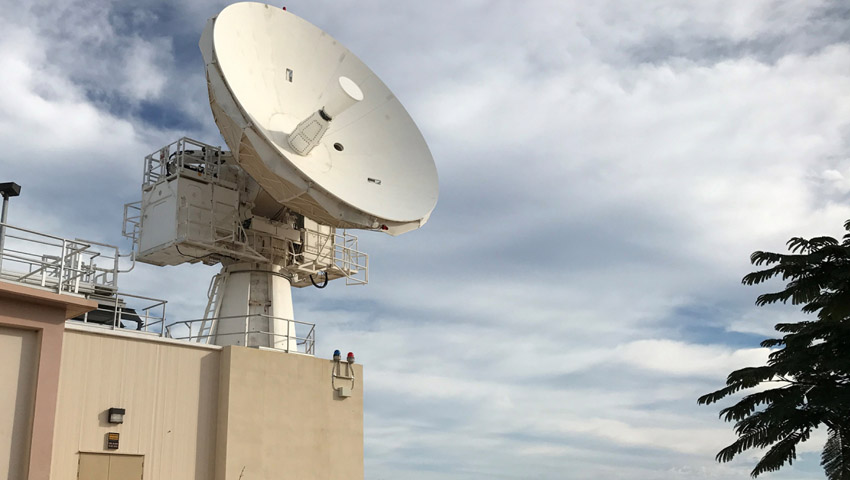The Royal Australian Air Force’s No. 1 Remote Sensor Unit assisted with SpaceX’s Crew Dragon capsule launch to the International Space Station, revealing the nation’s growing space capabilities.
To continue reading the rest of this article, please log in.
Create free account to get unlimited news articles and more!
Joining an international network of space surveillance sensor capabilities and operators, the unit – based at Edinburgh – provided monitoring and tracking support.
During the launch, unit personnel monitored the progress to ensure the upper stages of the Falcon rocket re-entered Earth’s atmosphere in the planned locations over the Indian Ocean.
Later in the flight, the C-band radar tracked the Crew Dragon capsule as it passed over Australia. This information was fed into the US Space Surveillance Network to help further refine the orbit.
Air Surveillance Operator Leading Aircraftman Sean Bull said it was exciting to be a part of the history-making flight, “It was rewarding to engage our skill sets and do our job for such a special event. The launch went fine and we didn’t detect any flight anomalies. Everything our sensors picked up for the Crew Dragon capsule was as we were expecting.”
The safety of astronauts during flight and at the space station relies on the precise tracking of more than 20,000 objects orbiting Earth, such as satellites and space debris, that can reach velocities of almost 30,000 km/h.
Commanding Officer Wing Commander Richard Harrison said support for activities of this type required high-level operator expertise developed through years of routine surveillance operations.
WGCDR Harrison added, “The success of the No. 1 Remote Sensor Unit mission depends solely on the skills and ability of the people operating our sensors. I’m proud to see the dedication the operators and technicians apply to all of our taskings on a daily basis.”
Since 2015, the unit has tracked space objects at ranges up to 3,000 km away with a C-band space tracking radar located on the north-west coast of Western Australia.
Combined with access to satellite information supplied by the United States Air Force, the unit contributes daily to Australia’s awareness of space activity and the safety of flight satellites.
The unit will expand its capabilities in 2022 with the planned delivery of the Space Surveillance Telescope, also located in Western Australia. This highly advanced telescope will enable the observation and detection of objects in space up to 36,000 km above Earth.

 Login
Login







